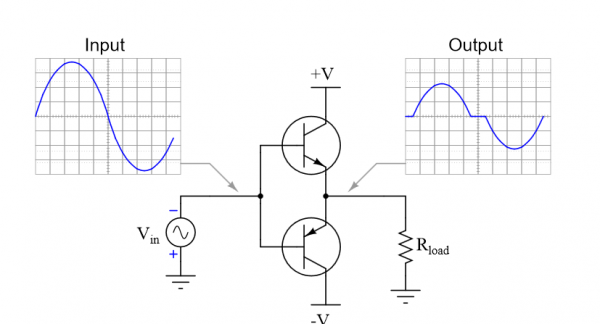Well, one thought

. It says this:
"The AudioQuest Dielectric Bias System significantly reduces non-linear phase errors..." I am surprised when a statement like this is made but not followed with any kind of measurement. Surely phase error is measurable. If it is not, how do they know there was some? Just listening to music and guessing that it was "non-linear" phase error?
For others who have not read the paper, it is a system that puts 72 volts inside the cable in the hopes of having it always be at the right "formation" to conduct audio signals.
Hi Amir et al., though such old comments, probably no one else still cares -- but I'm sort of fired up because of the never-ending idiocy over at audioholics, who use a denial of the phenomenon of dielectric involvement as their poster child for snake oil accusations -- but really a poster child for their own ignorance.
Amir, I appreciate your not-on-the-attack attitude, but I think you do know enough to know that I'm not "guessing" about non-linear phase errors due to dielectric involvement -- as the story below explains. You were "guessing" that such highly visible and technically well understood phenomena don't exist, haven't been recognized, and that engineers haven't been coping with this challenge for many decades.
It's pretty obvious to anyone with a hifi that it sounds better if left turned on. This is in part due to thermal stability, but much more generally the great majority of the improvement is from partially "forming" the dielectric, the insulation on internal wiring, or attached interconnect and speaker cables, the caps inside a loudspeaker crossover, the circuit board material, etc. The more formed, the more adapted-to-a-charged-state, the less the dielectric involvement (for any signal, nothing peculiar to audio) -- the less energy is stored in the insulation, and then as with a more traditional cap, released later, out of phase with the energy coming in.
Audio is peculiar in that I am unaware (I keep asking to be corrected) of any other single data package that covers 10 octaves. In this way, analog audio is peculiarly vulnerable as pretty much no electrical value is constant over a 10 octave bandwidth.
If all energy took this bypass, and all came out at the same time, regardless of amplitude or frequency, so what if there's a nanosecond or several seconds of delay -- but in fact only a portion of the signal is absorbed, none of which comes back out at the same time it went in -- and, the delay is not the same for different frequencies and different amplitudes. This is textbook stuff. In fact, the fellow who explained to me what is so easy to hear, was the has-to-know-more-than-anybody-else chief vetter of technical papers published by TRW.
Unfortunately, those who know enough to know about dielectrics at all, are usually fixated on loss, which at audio frequencies is generally not a concern. In fact, if all the energy that went into a cable dielectric never came out, there would be no added distortion and no need for the Dielectric-Bias System.
Why forming a cap, leaving one's system turned on, using DBS, reduces distortion is much better understood by engineers with sufficient depth of knowledge in the specific area, though I accept the TRW explanation that a polarized dielectric exhibits less non-linear phase errors that unformed dielectric. Biasing a dielectric to reduce dielectric involvement is a very old idea, even employed in JBL speaker crossovers decades ago.
BTW, phase error in this case is not about group delay, a much more easily measured and essentially unrelated phenomenon. Those not schooled in the specialty often fall victim to thinking that all phase problems are group, ignoring dispersion, just as the same people are likely to think that skin-effect is only relevant when amplitude is at stake, conveniently ignoring the textbook knowledge that skin-effect also (1:1) raises inductance, with all the problems which ensue from having the same signal subject to different impedance and different inductance at different distances from the surface of the conductor.
I don't have to measure any of these phenomena in order to believe the textbooks, or to hear the result of these well-known distortion mechanisms.
Bill Low/AudioQuest













